Folk art and activities derive from tea

Monks show dian cha technique during the Jingshan tea ceremony on Dec 9, 2022. [Photo/VCG]
Located in Hangzhou, East China's Zhejiang province, Jingshan mountain boasts beautiful scenery and note-worthy tea. Jingshan Temple, originally built in the Tang Dynasty (618-907), was well known for its extensive and profound tea culture. The Jingshan tea ceremony originated from here.
Jingshan tea ceremony started in the Tang Dynasty, flourished throughout the Song period, and survives until today, witnessing more than 1,200 years of history. It is a combination of Zen Buddhism and tea ritual. Among the whole process, dian cha is the most important one and has been given a new lease of life in recent years. Jingshan tea ceremony was listed in the national intangible cultural heritage in 2011.
Nowadays, local people in Jingshan village of Hangzhou city show this traditional ceremony during holidays and weekends, passing on the technique and culture derived from tea.
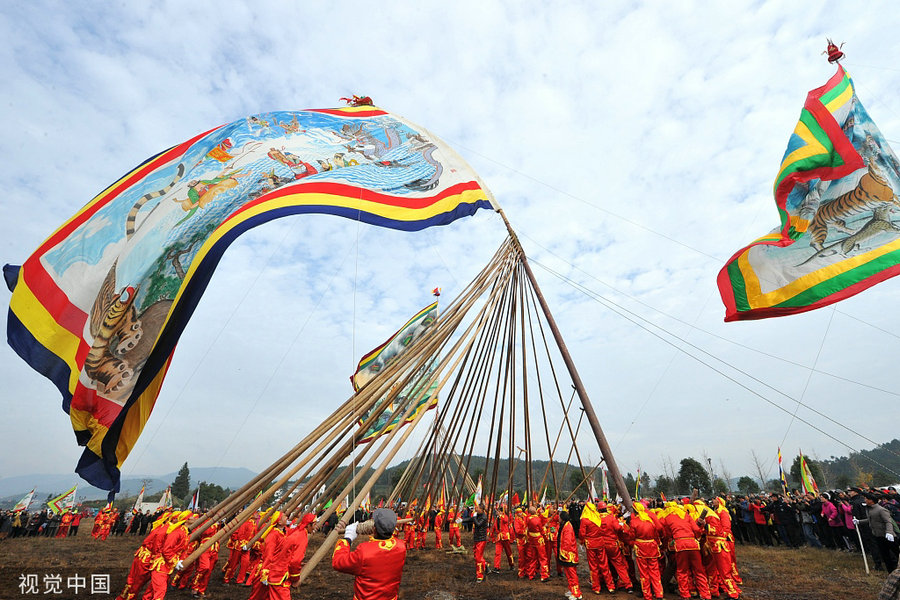
Tea farmers in Pan'an county raise a big flag depicting a dragon and tiger to celebrate the tea harvest during the "tea market" temple fair, Nov 30, 2020. [Photo/VCG]
Pan'an is a mountainous county in central Zhejiang province. It is well known for having China's oldest tea market, Yushan Ancient Tea Plantation, which was built during the Qing Dynasty (1644-1911). A kind of tea-related folk activity, "tea market" temple fair started here and was included in the national intangible cultural heritage list in 2008.
The "tea market" temple fair includes a series of folk art performances and activities, attracting much attention.
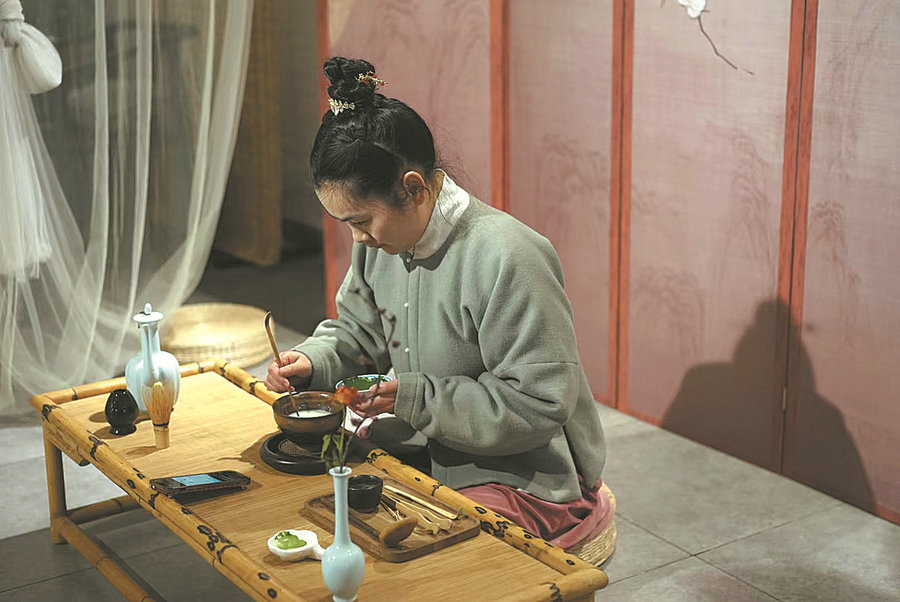
A villager displays the traditional tea-making technique of dian cha at the homestay she runs in Jingshan village in Hangzhou, Zhejiang province. [Photo/China Daily]
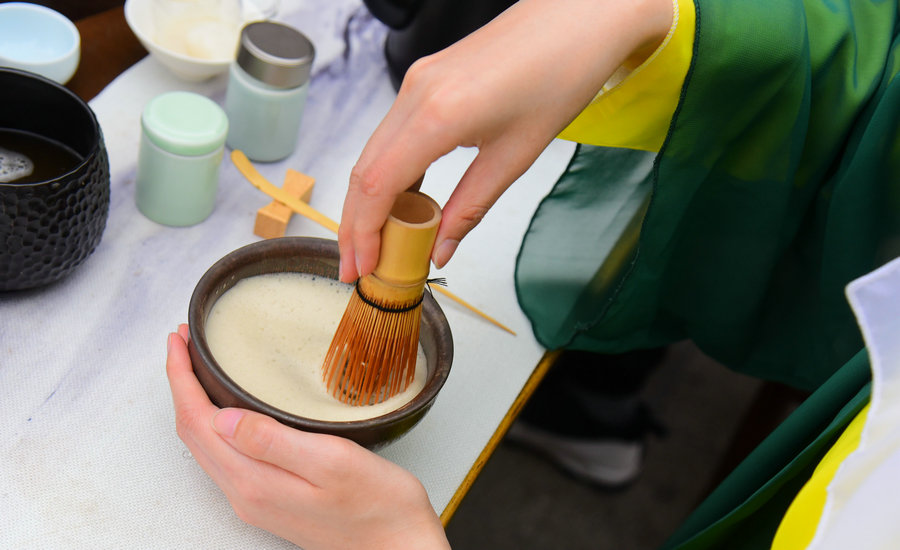
A tea artist shows dian cha. [Photo/IC]


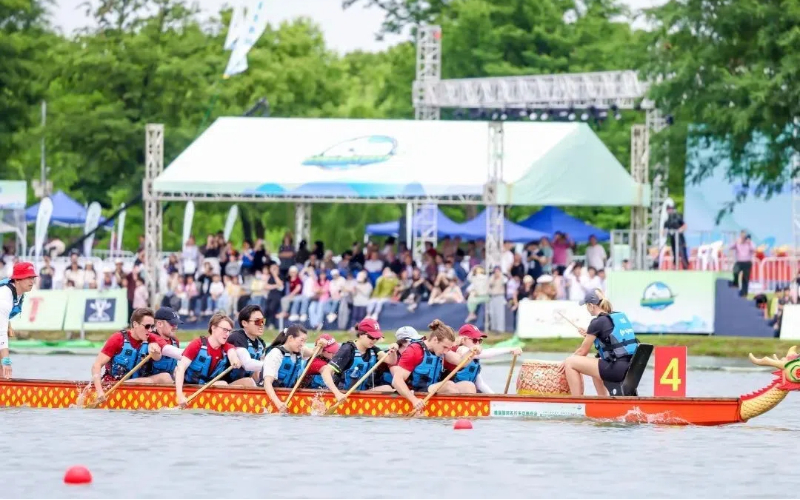
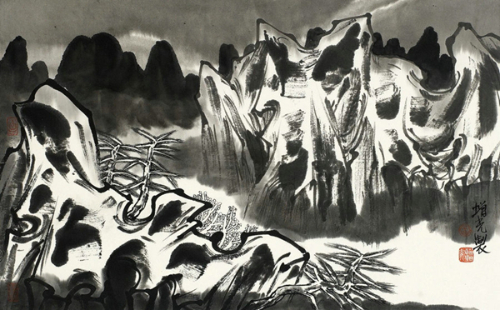
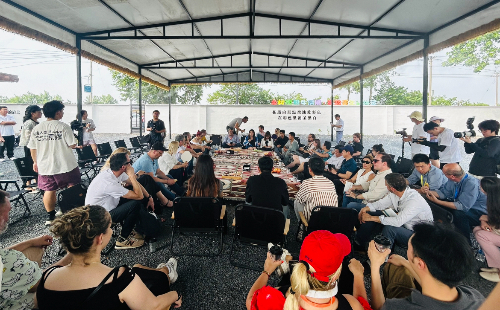
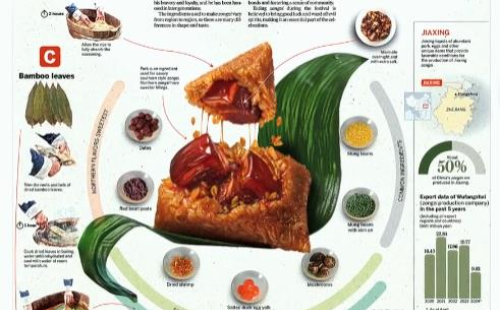 play
play